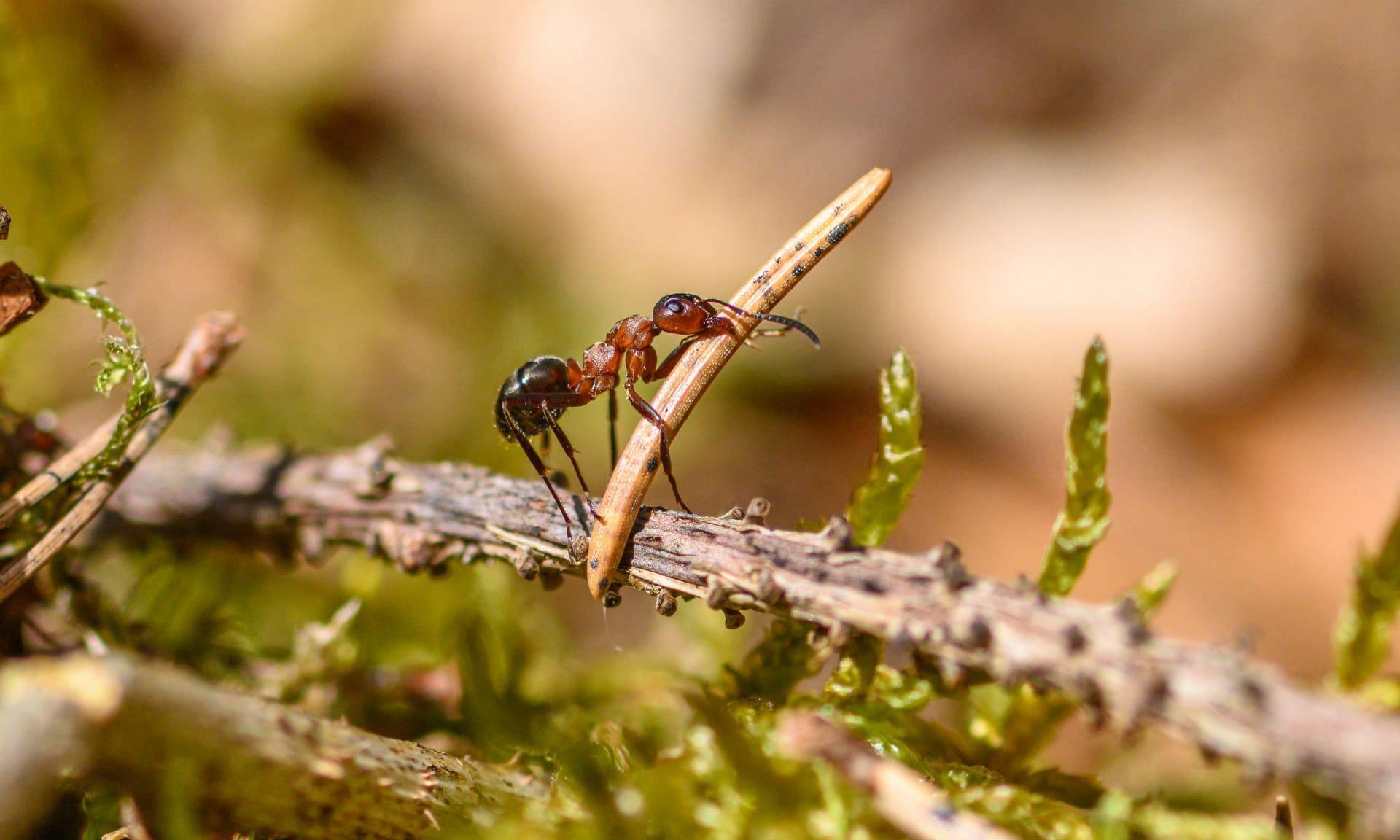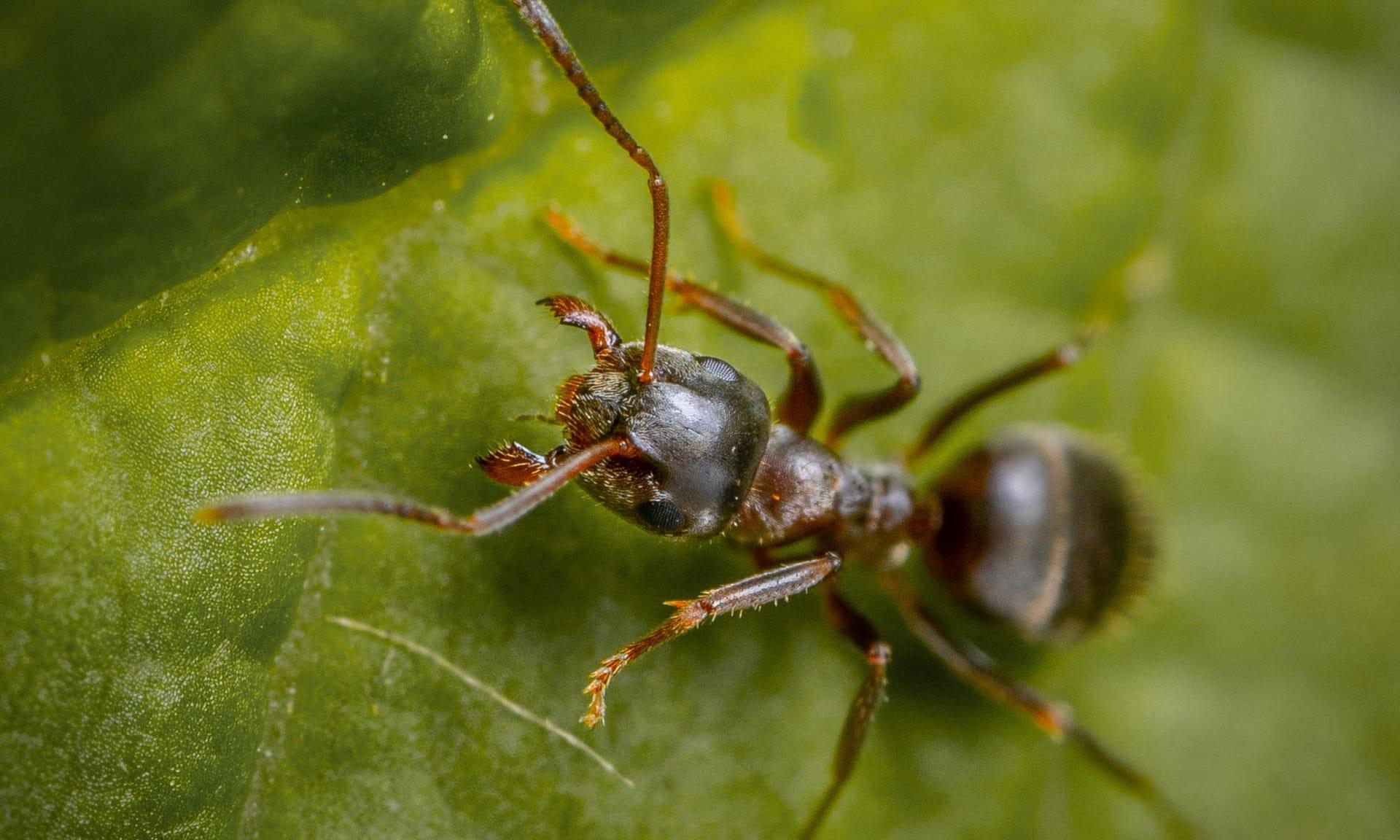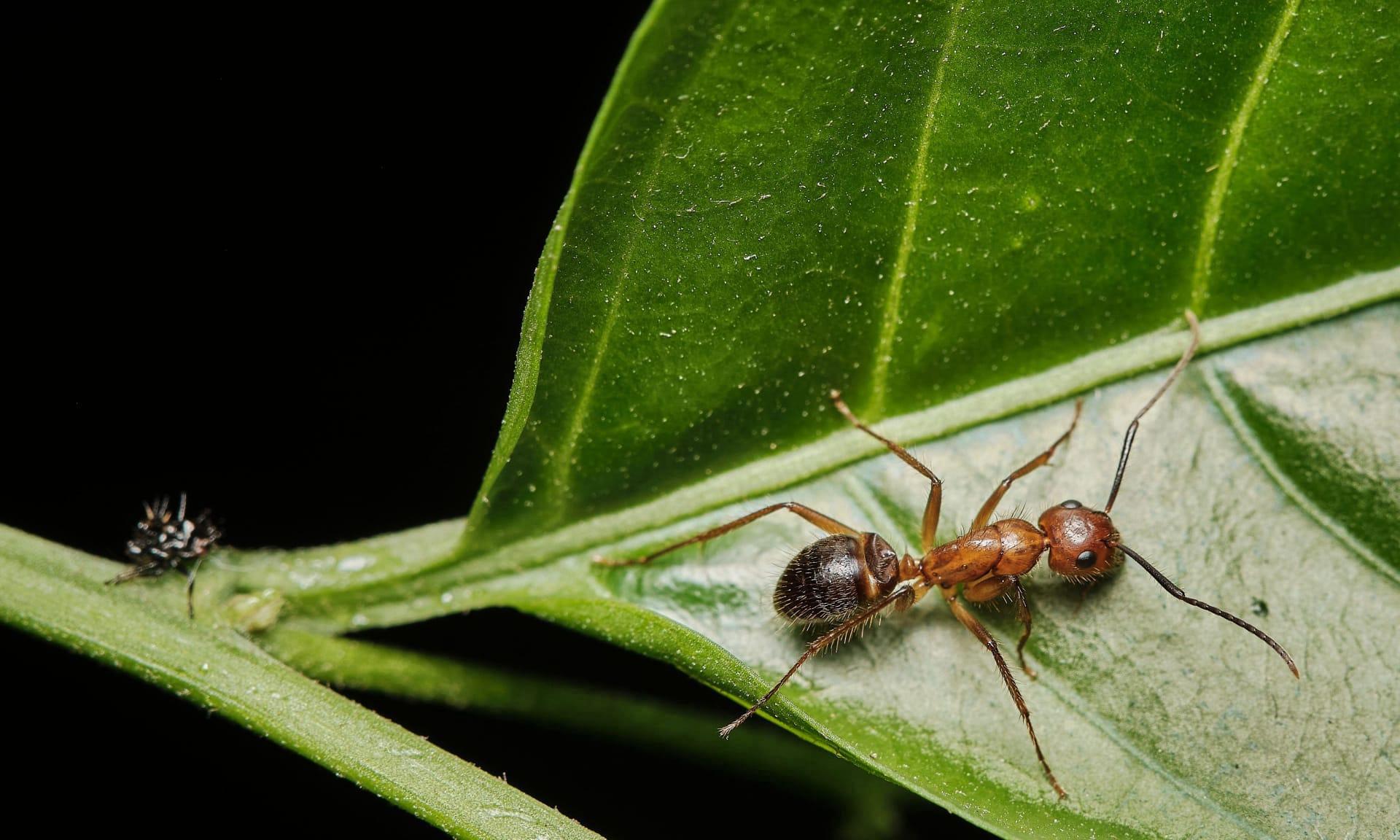Queen Ants Characteristics
- Home /
- Mini Encyclopedia /
- Animal /
- Queen Ants Characteristics
1
Queen ants, the monarchs of the ant world, boast an impressive array of physical characteristics. These formidable females are typically larger than their worker and male counterparts, with some species measuring up to an inch in length. Their size is not just for show; it plays a crucial role in their primary function: reproduction. In terms of lifespan, queen ants are the Methuselahs of their colonies, living for years, and in some cases, decades. For instance, the queen of the Lasius niger species can live up to 30 years, a stark contrast to the much shorter lifespan of worker ants.
One of the most remarkable organs of a queen ant is her "metapleural gland." Unique to ants, this gland is a marvel of nature's design, secreting a potent antibiotic fluid. This substance plays a critical role in maintaining the health of the densely populated colony, acting as a shield against harmful bacteria and fungi. By grooming themselves and their nestmates with this fluid, queen ants help keep their colonies free from microbial threats, a crucial aspect of their survival and dominance in various ecosystems.

2
Question: How do queen ants become the sole egg-layers in their colonies?
Answer: The ascension of a queen ant to her throne is a tale of transformation and survival. Initially, young queens are not much different from other ants. However, during their development, they undergo a process called "trophallaxis," where they receive a special, nutrient-rich diet. This diet is high in proteins and lipids, essential for their reproductive development. Once fully matured, a queen ant's physiology is distinctively primed for egg-laying, thanks to her enlarged ovaries and a specialized organ called the spermatheca. The spermatheca stores sperm collected during her nuptial flight, allowing her to fertilize eggs throughout her life. Thus, her exclusive diet as a larva sets the stage for her lifelong role as the colony's egg-layer.

3
Queen ants are not known for their athleticism. In fact, once a queen establishes her colony, she seldom ventures out. Her movement within the nest is measured and purposeful, primarily focused on finding the optimal spot for laying eggs. This lack of mobility is partially due to her large abdomen, which is geared towards maximized egg production rather than agility.
When it comes to diet, queen ants have specific needs. They primarily consume a liquid diet, rich in sugars and proteins, which they obtain from the trophallactic exchange with worker ants. This process involves the workers digesting solid food and then regurgitating a nutrient-rich liquid for the queen. This diet is crucial for the queen's energy demands, especially during the egg-laying phase, where she requires a constant influx of high-energy sustenance to maintain her prolific egg production.

4
Queen ants, the architects of their underground realms, prefer environments that offer protection and resources. They thrive in diverse habitats, from rainforests to urban areas. The key factors in choosing a nesting site include adequate moisture, suitable temperature, and protection from predators. Some species, like the carpenter ants, carve out nests in wood, while others, such as the harvester ants, build intricate networks in the soil.
The reproductive journey of a queen ant is a saga of resilience and instinct. After her nuptial flight, during which she mates with male ants, the queen lands and sheds her wings, signifying the start of a new colony. She then finds a suitable nesting site and begins laying eggs, which hatch into the first generation of workers. These workers take over the duties of foraging and expanding the nest, allowing the queen to focus on her primary role: laying thousands of eggs throughout her life. Her ability to control the sex of her offspring, laying fertilized eggs that become female workers or unfertilized ones that develop into males, is a fascinating aspect of her reproductive prowess.

5
Book: "Empire of the Ants" is a captivating exploration of ant societies, focusing on the role of queen ants. Authored by American biologist Dr. Mark W. Moffett, this book, published in the late 1990s, delves into the complex social structures and behaviors of ants. Moffett's narrative, based on extensive field research, brings the reader into the world of these tiny yet formidable insects, highlighting the queen's pivotal role in sustaining and expanding her colony.
Book: "The Lives of Ants" by British entomologists Laurent Keller and Elisabeth Gordon, released in the early 2000s, offers a comprehensive overview of ant biology and ecology. It dedicates a significant portion to the life and role of queen ants in various species. The authors blend scientific facts with engaging storytelling, providing insights into the evolutionary success of ants and the central role queens play in this success. The book stands out for its thorough analysis of ant communication, reproduction, and survival strategies, making it a must-read for anyone fascinated by these industrious insects.